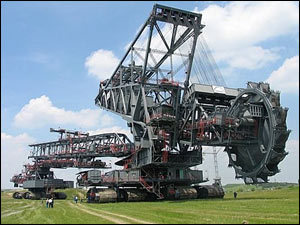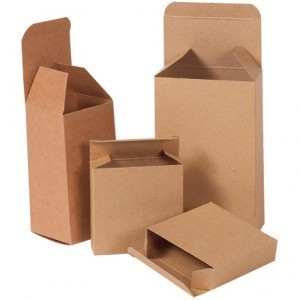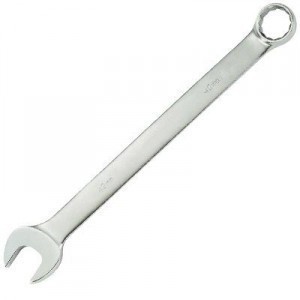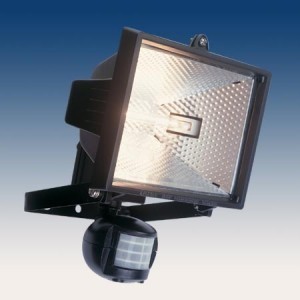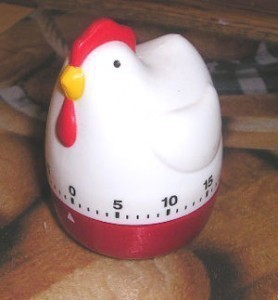Celsius to Fahrenheit
Fahrenheit is a scale to measure our temperature. It is named and created by a German
physicist by the name of Daniel Gabriel Fahrenheit in the year 1724. This temperature scale is still in use by some nations including Belize and the United States. However, nowadays, more countries have turned to using the Celsius scale than the Fahrenheit scale. With these two popular temperature scales in use, it is necessary to make Celsius to Fahrenheit conversions when the need arises.
Celsius to Fahrenheit Conversion
Converting Celsius to Fahrenheit will involve only a small bit of math. The first step to convert degrees Celsius to Fahrenheit is to take the temperature in degrees Celsius. Next multiply the said temperature by 1.8. After that add 32 degrees and the final result is in degrees Fahrenheit.
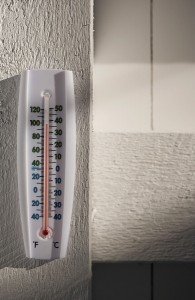 History and Use of the Fahrenheit Temperature Scale
History and Use of the Fahrenheit Temperature Scale
Dr. Daniel Fahrenheit’s 1724 journal article states that he based his temperature scale on three temperature reference points. He used a mixture of ice, salt, ammonium chloride, and water for the zero point or zero degrees Fahrenheit. The melting or freezing point is set at 32 degrees Fahrenheit, using a mixture of ice and water. His third point, 96 degrees, was the level of the thermometer when it was held under the armpit of his wife. Here Fahrenheit notes that given this scale, mercury will boil around 600 degrees.
This temperature scale is the standard used in many English speaking nations in the world. This continued until the 1960s when countries opted for metric standardization thus replacing the Fahrenheit temperature scale with the Celsius temperature scale. It is said that a minority of people in the UK use this temperature scale when making reference to summer temperatures but that is still to be confirmed.
Countries that are known to use this temperature scale, other than the United States, are Liberia, Burma, and Belize. In the United States, temperatures for cooking food, weather, and freezing points are still expressed in terms of the Fahrenheit scale. Some have noted that lower zero point of this temperature scale makes it quite preferable when noting freezing temperatures.
You have less negative degrees with Fahrenheit compared to Celsius. Another reason why some people prefer Fahrenheit over Celsius is that temperatures are easily expressed in integers in Fahrenheit. For these reasons, there arises the need to convert Celsius to Fahrenheit for those who prefer to use the latter.
A Matter of Preference
Converting Celsius to Fahrenheit and preferring the latter temperature scale than the former is simply a matter of preference. People may give their own reasons but it boils down to that when all the reasons are laid down. Most countries have preferred to standardize and use a metric temperature scale and have made the Fahrenheit a bit obsolete.

